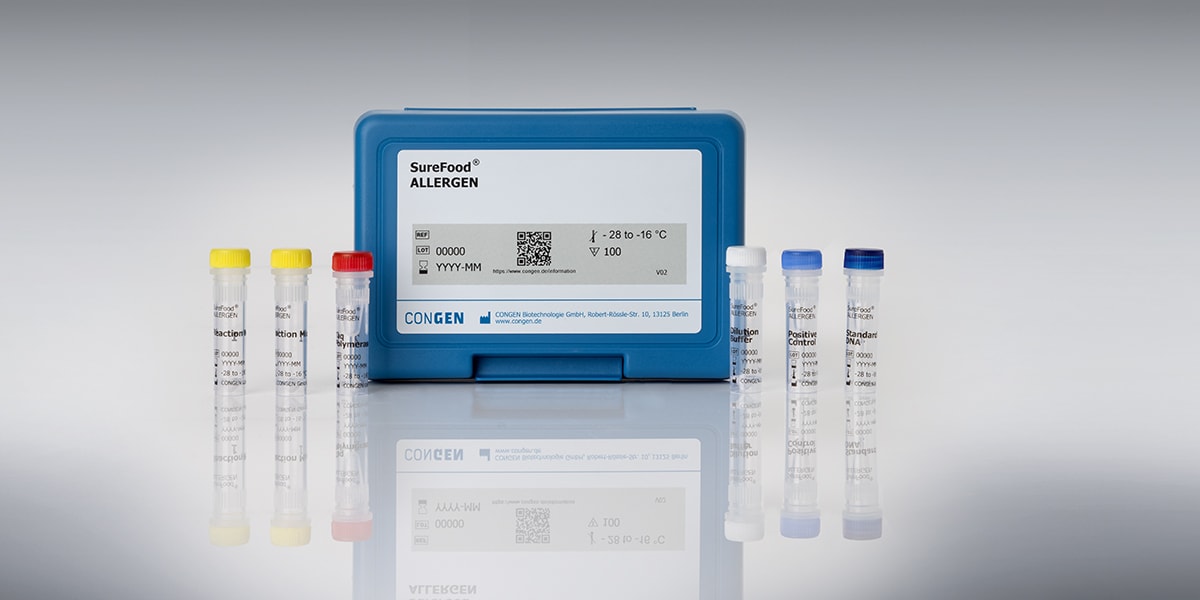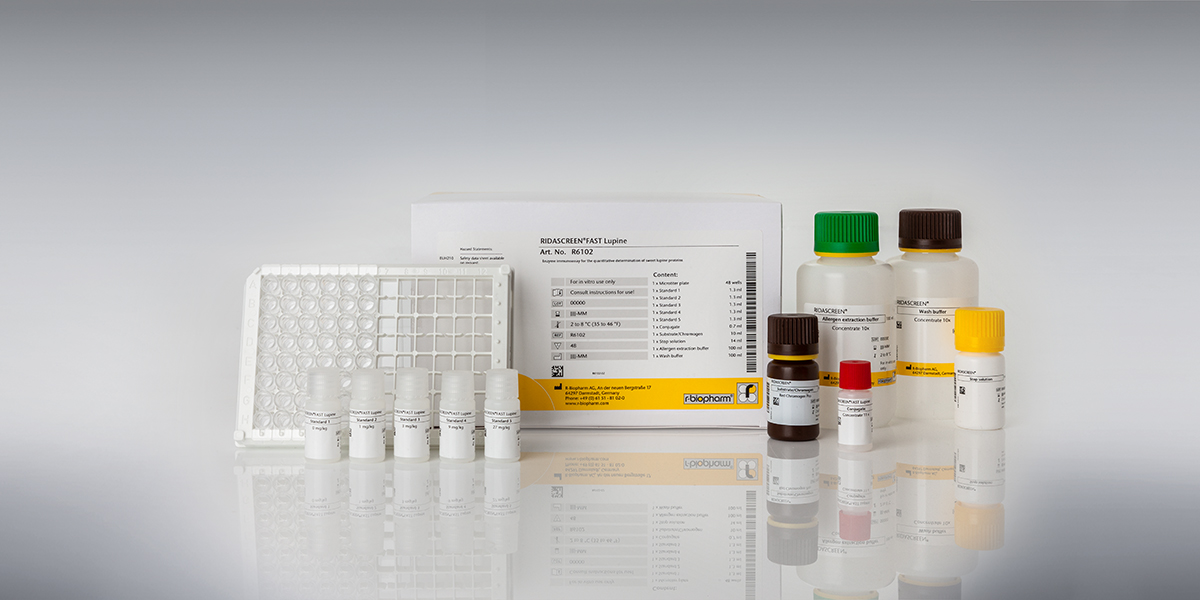
Recent news in Food & Feed Analysis
- Home
- /
- Lupins: A new food...
Lupins: A new food allergen

Many people know lupins rather as an ornamental garden plant with colourful blossoms. However, for some years now, the plant has also been increasingly used for food production. Since then, allergies to lupins have become more common.
Lupins belong to the family of legumes and are related to peanuts, lentils, peas and soybeans. In recent years, they have become increasingly popular as a food because they are rich in protein, fiber and minerals, low in calories, cholesterol-free and gluten-free. In addition, they can also be used as an emulsifier or as an inexpensive substitute for egg or milk powder, and they also provide an appetizing yellow color and a pleasant nutty taste. Especially in vegan, lactose-free and gluten-free foods, lupin flour is often added as an ingredient.
The following foods may contain lupins:
- Vegetarian or vegan convenience foods, e.g., patties, sausages, cutlets, spreads and ready-to-eat meals
- Plant-based alternatives to milk and dairy products
- (Gluten-free) bakery products, baking mixes, pasta, cookies, snacks and sweets
Also available is lupin grist, which can be used as an ingredient in salads or casseroles, and lupin coffee, a decaffeinated beverage similar to coffee. In the Mediterranean region, lupin seeds are also consumed as a pickled snack.
In the first place, the success story of the lupin began as a substitute for soy, which is often genetically modified. Lupins, though, are GMO-free (so far). Another reason for the increasing popularity of lupins is sustainability: The plants can be grown almost anywhere in the world, are relatively undemanding and good for the soil.
Good to know: Only the sweet lupin is used as food, other lupin varieties contain toxic bitter substances.
However, the increasing use of lupins also has its downside: Since lupin flour has been added to more and more foods, allergies to lupins have become more common. The allergy can affect children and adults, and even the smallest amounts can trigger symptoms such as rash, shortness of breath, nausea, cramps and abdominal pain, and even anaphylactic shock. Already the inhalation of flour dust can cause symptoms. It is not uncommon for those affected to be allergic to several legumes at once – for example, lupins and peanuts. It is believed that the trend towards using lupins in a wide variety of foods will increase in the coming years, resulting in even more cases of allergies.
According to Regulation (EU) No. 1169/2011, must be labeled as an allergen on foods. For the detection of lupins in food, analytical methods such as ELISA and PCR can be used.


